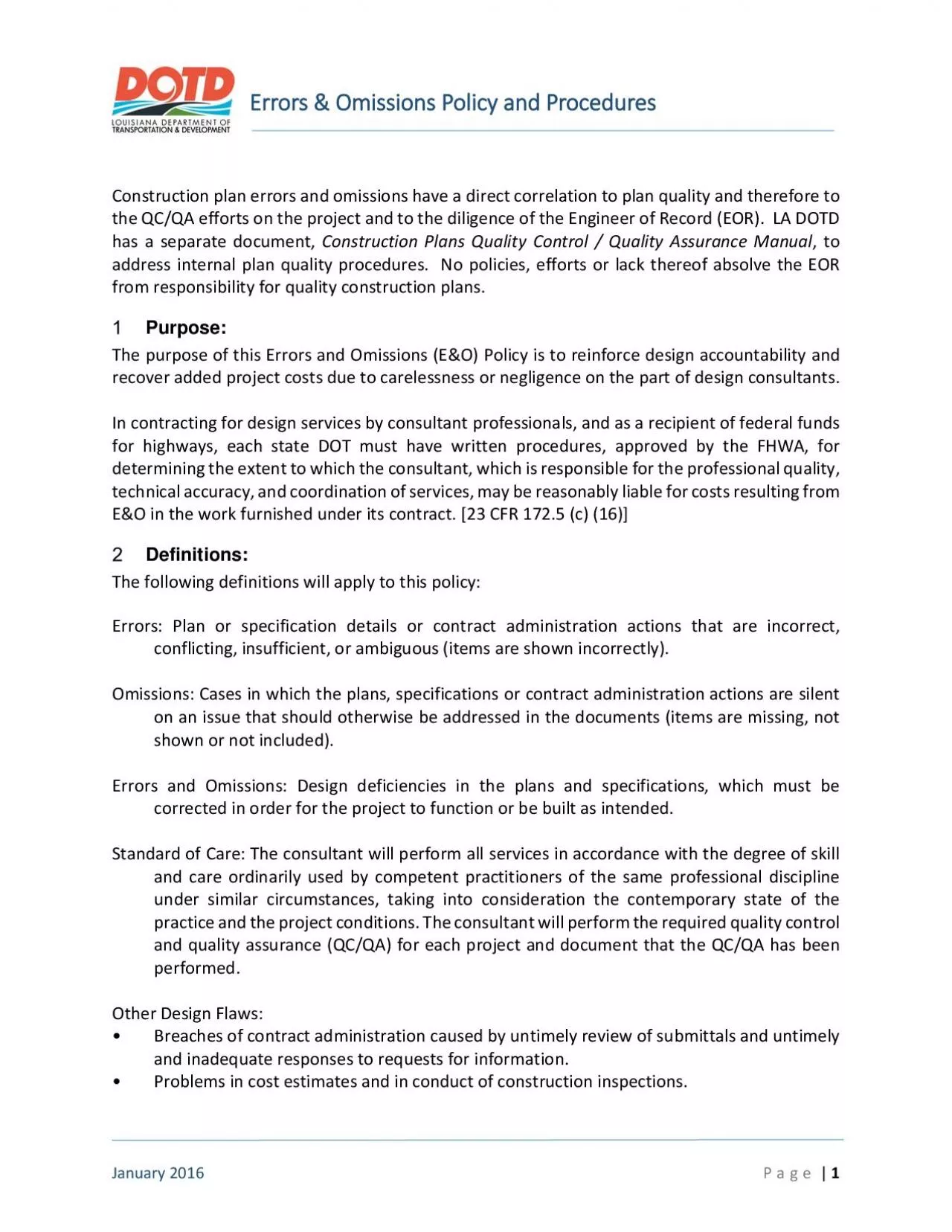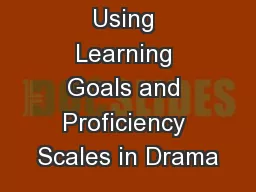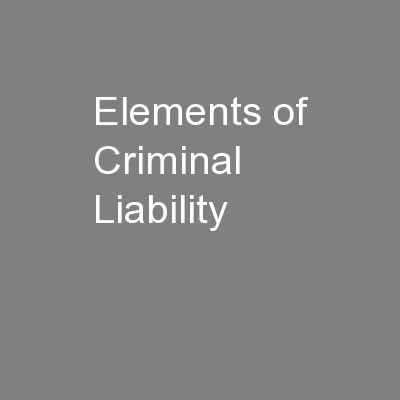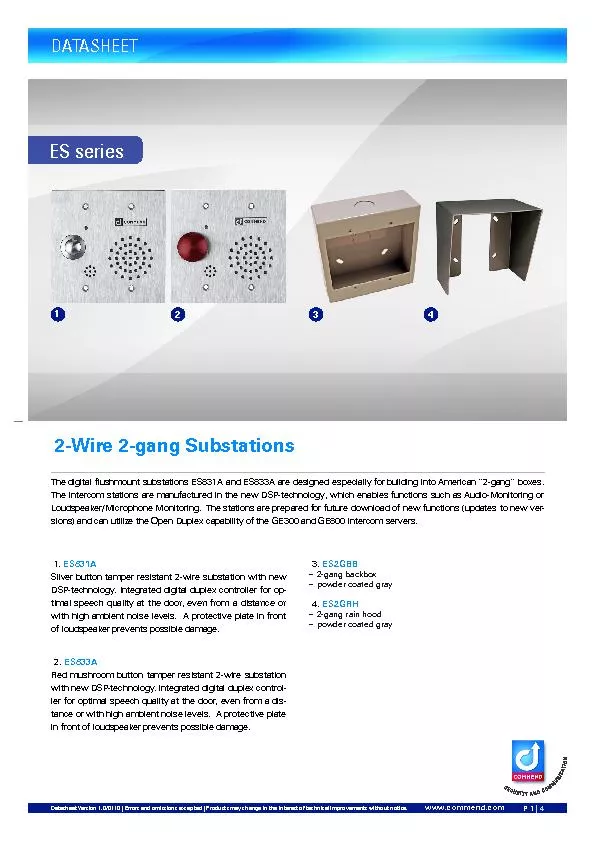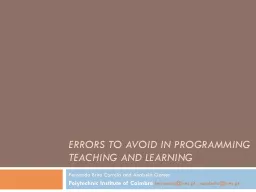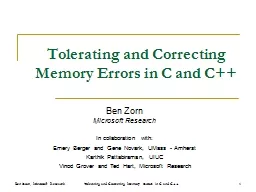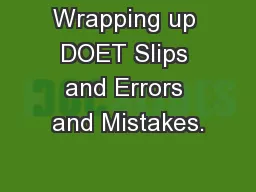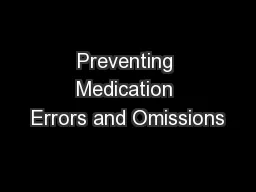PDF-Errors Omissions Policy and Procedures
Author : barbara | Published Date : 2021-09-22
Construction plan errors and omissions have a direct correlation to plan quality and therefore to the QCQA efforts on the project and to the diligence of the Engineer
Presentation Embed Code
Download Presentation
Download Presentation The PPT/PDF document "Errors Omissions Policy and Procedures" is the property of its rightful owner. Permission is granted to download and print the materials on this website for personal, non-commercial use only, and to display it on your personal computer provided you do not modify the materials and that you retain all copyright notices contained in the materials. By downloading content from our website, you accept the terms of this agreement.
Errors Omissions Policy and Procedures: Transcript
Download Rules Of Document
"Errors Omissions Policy and Procedures"The content belongs to its owner. You may download and print it for personal use, without modification, and keep all copyright notices. By downloading, you agree to these terms.
Related Documents

